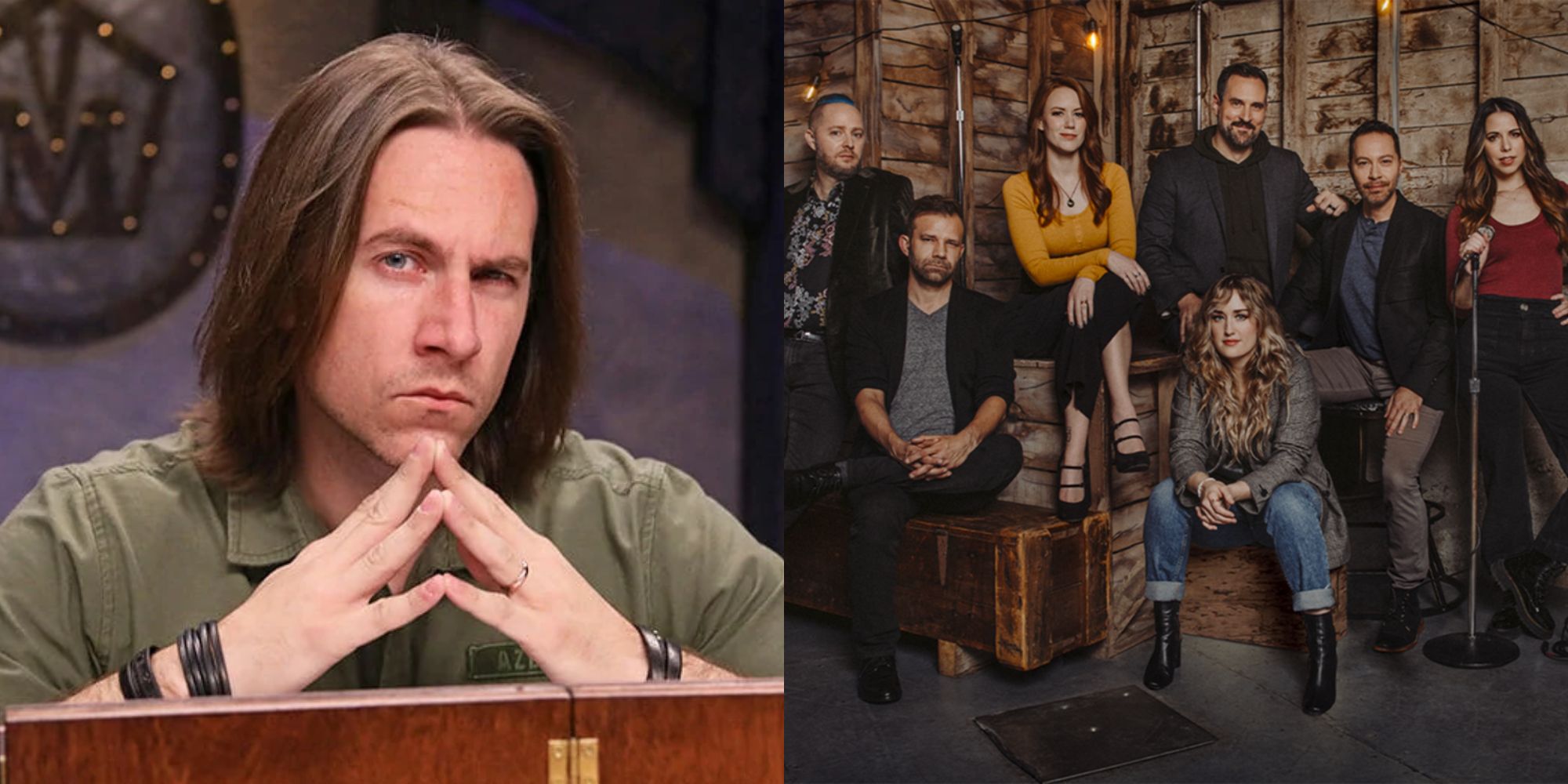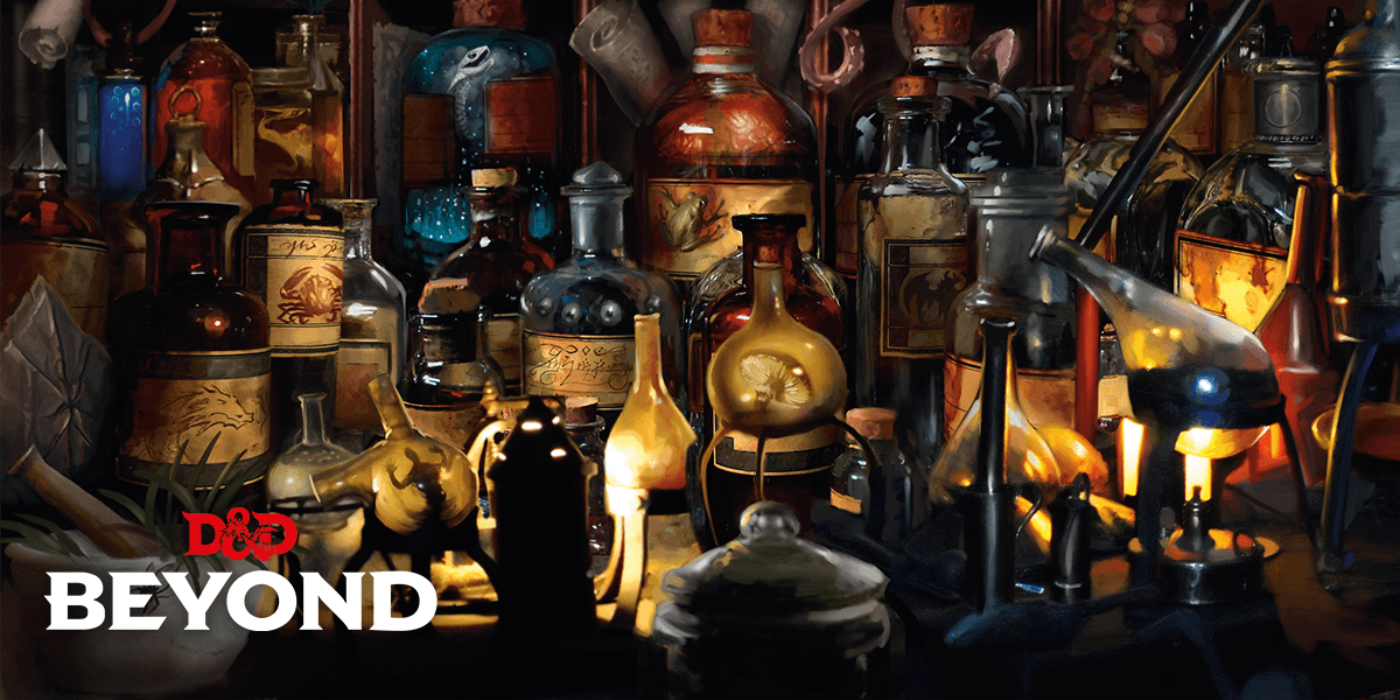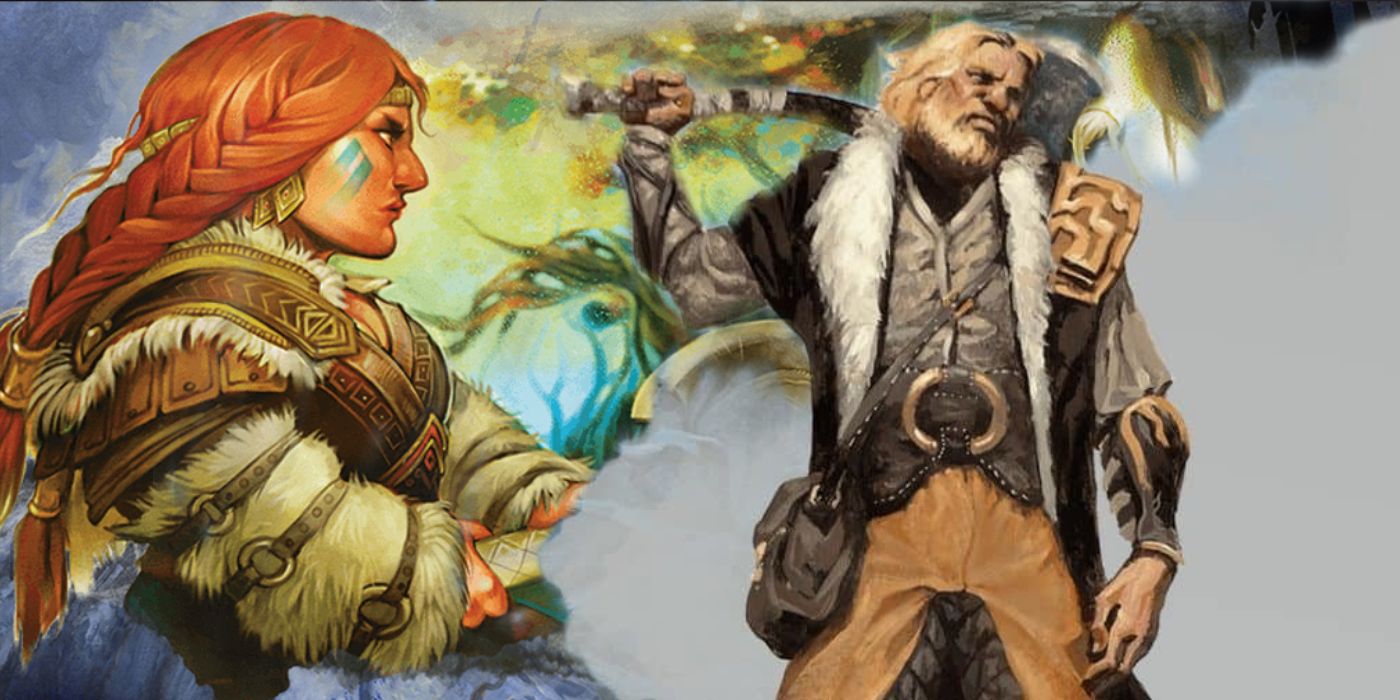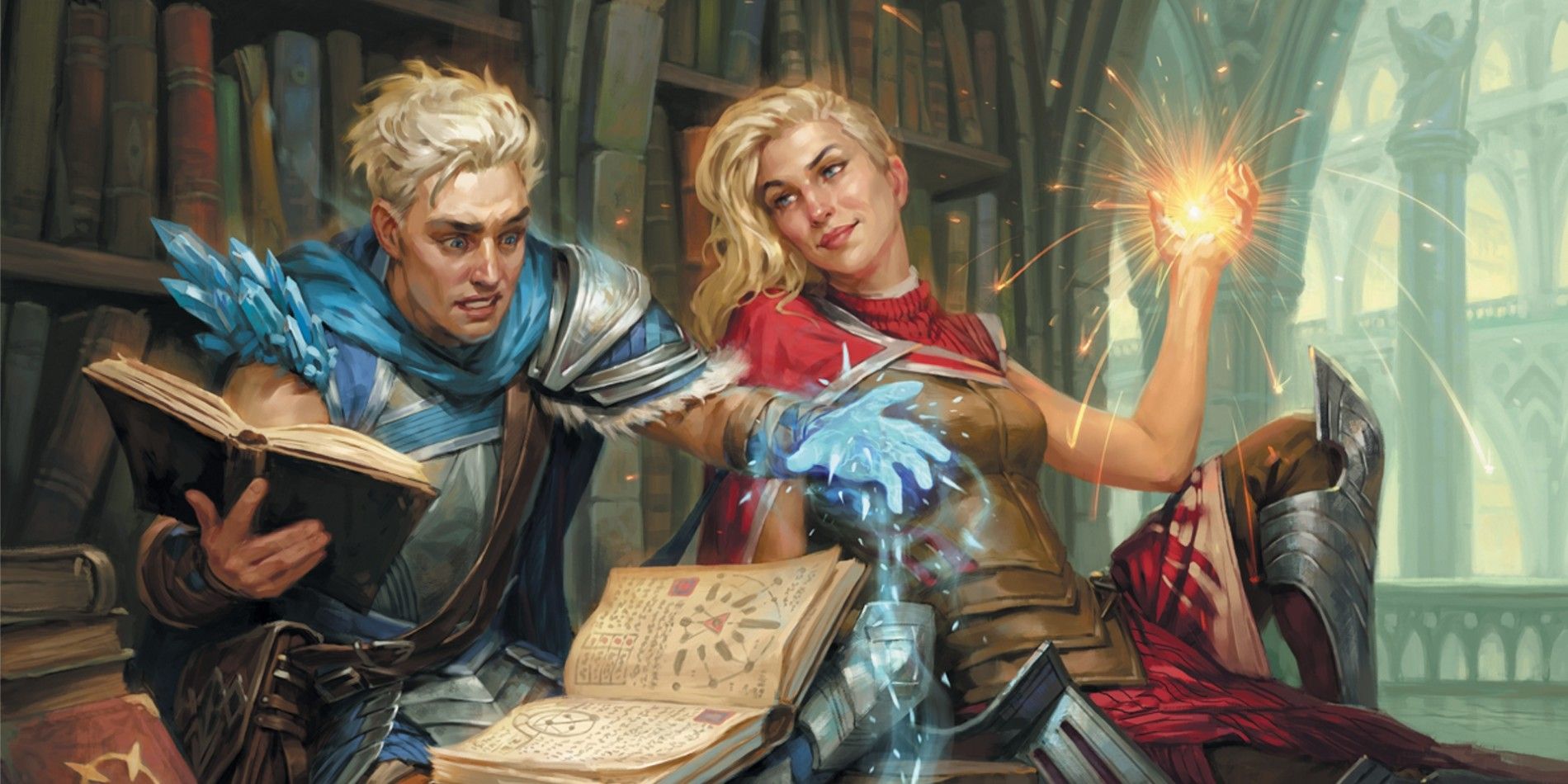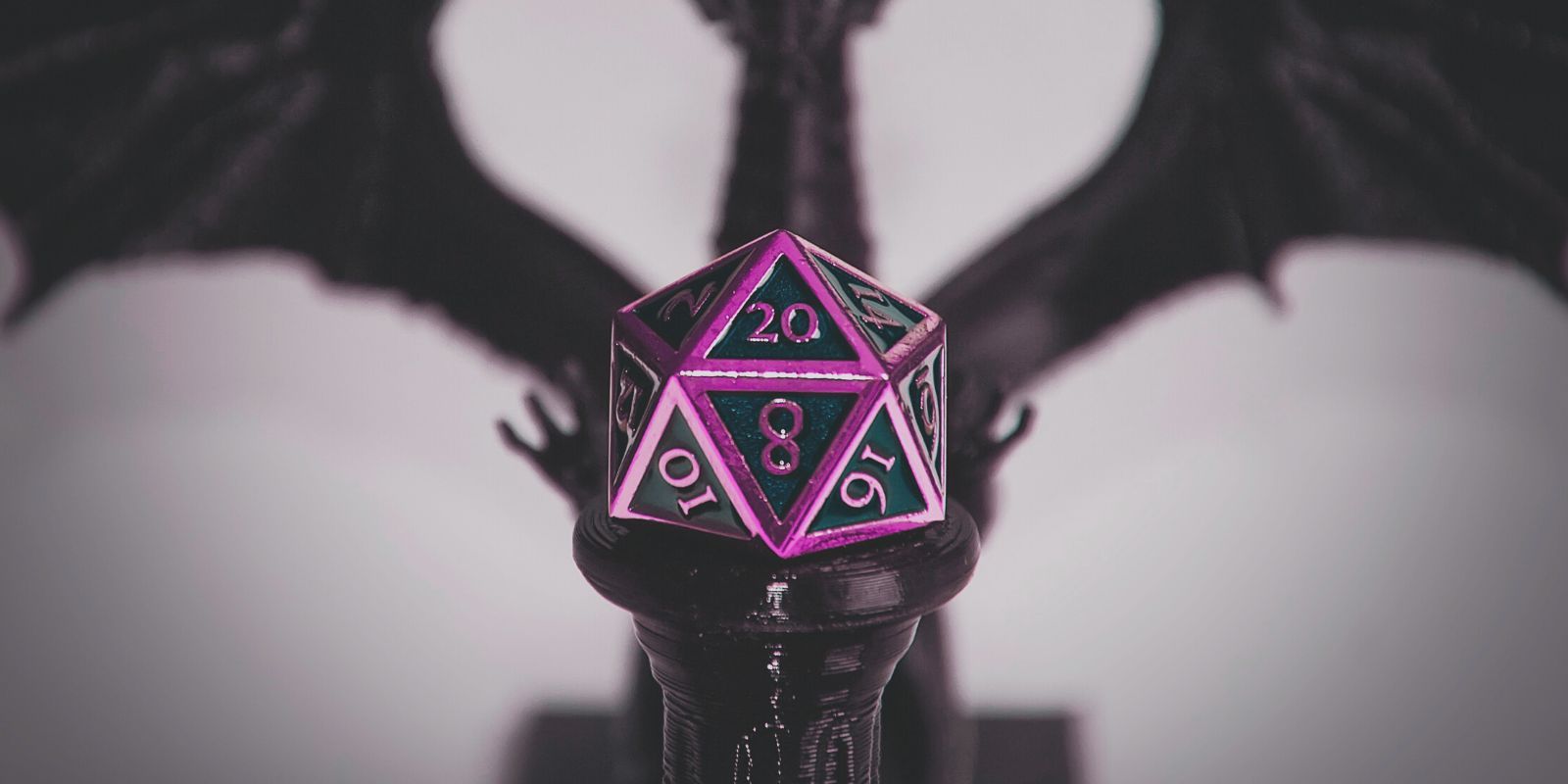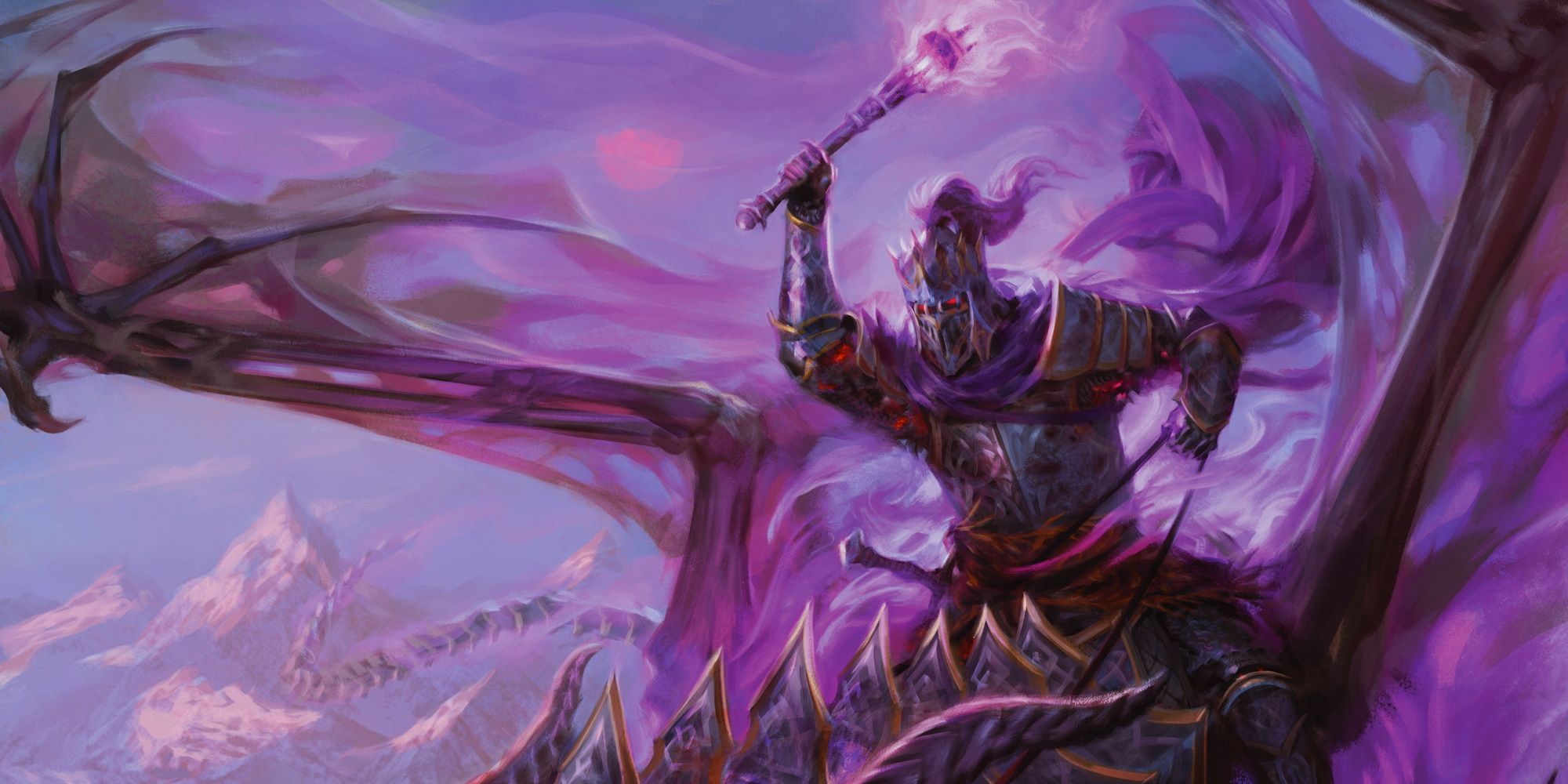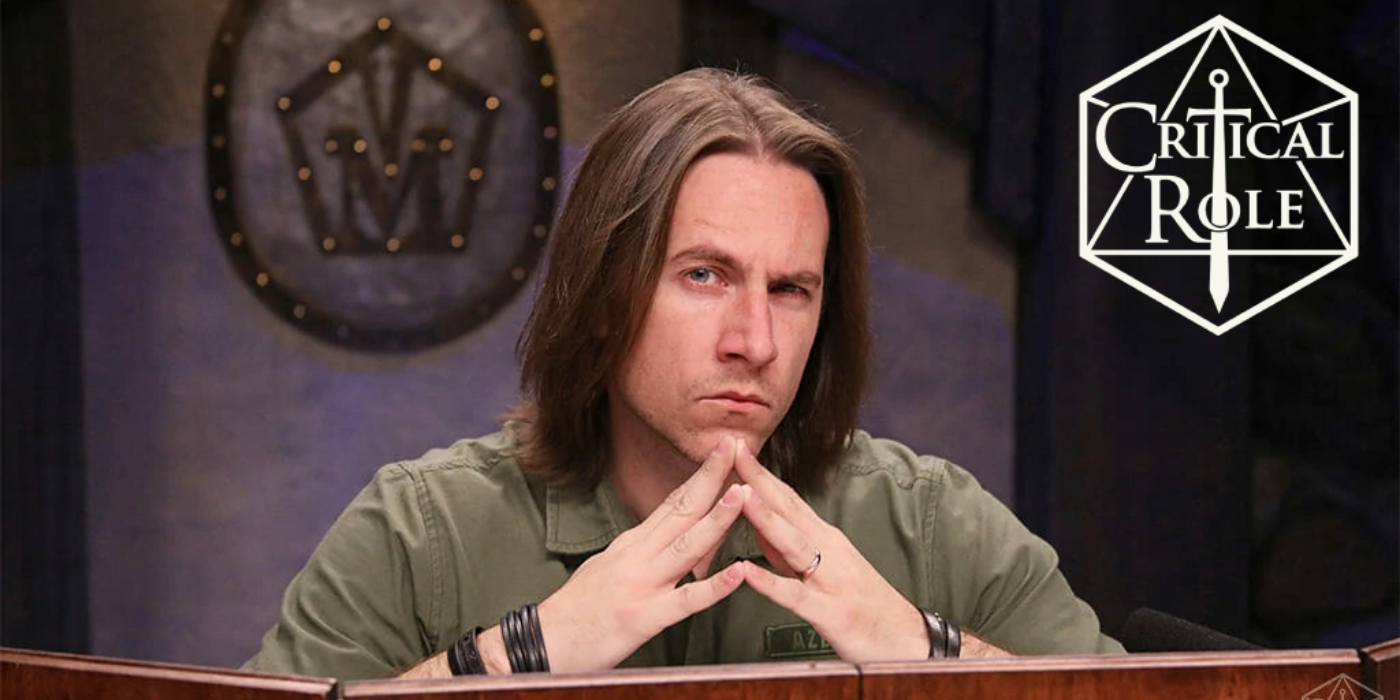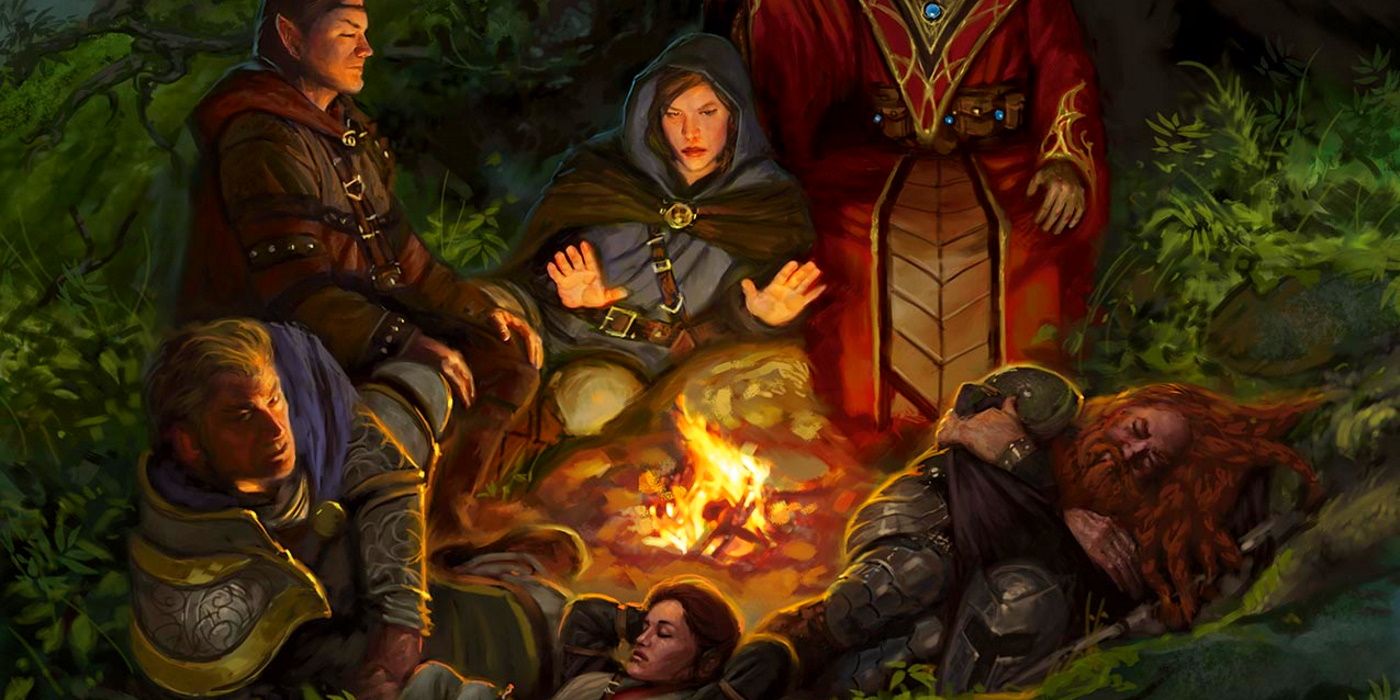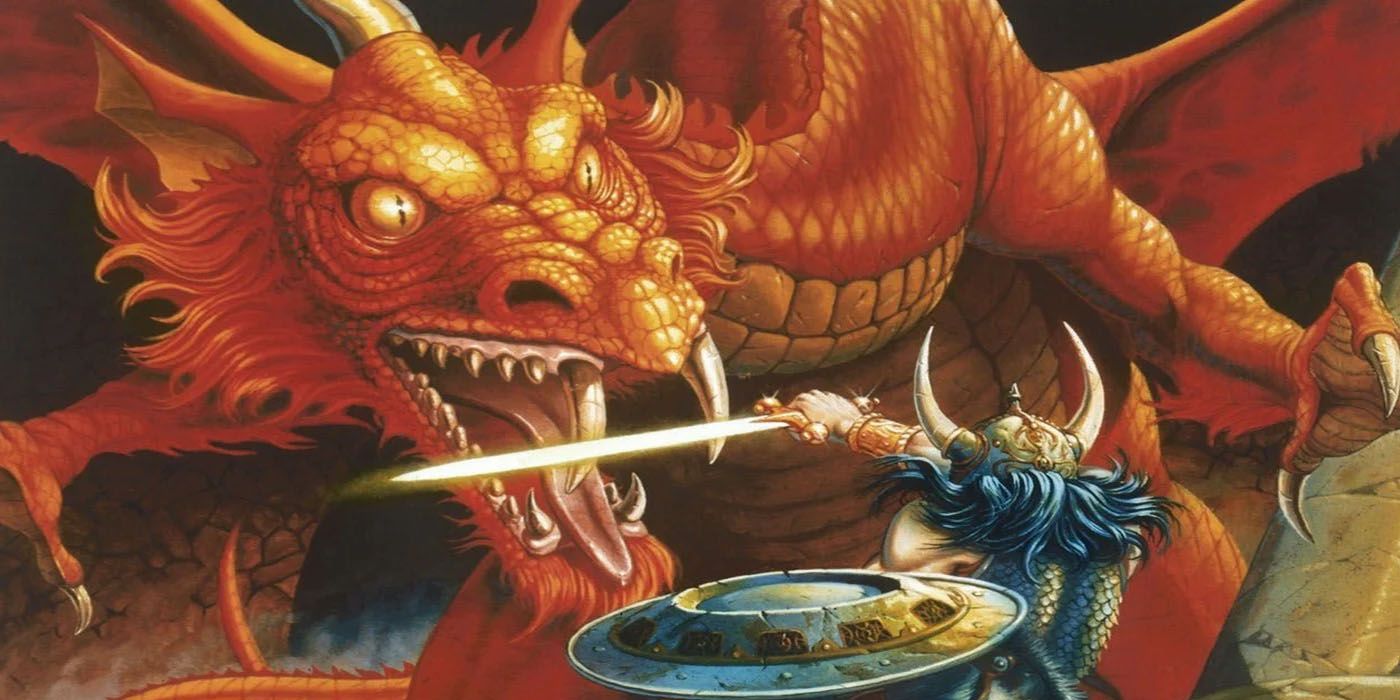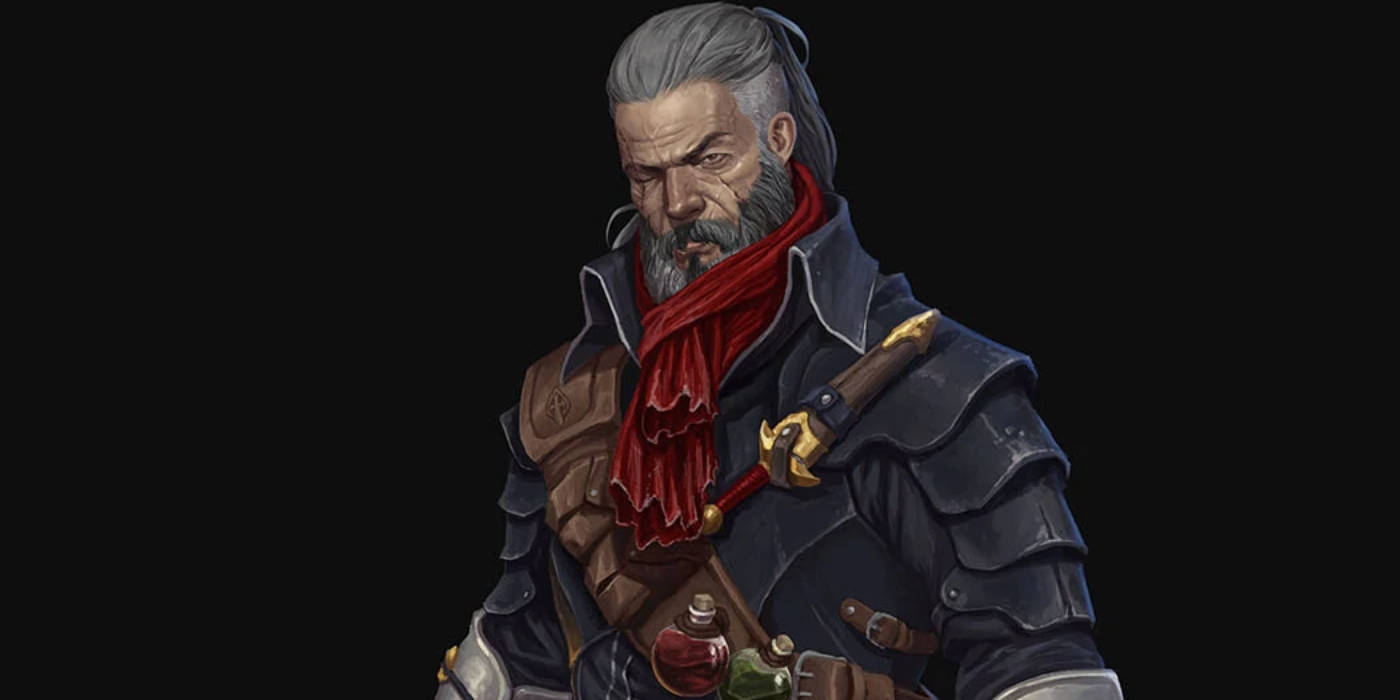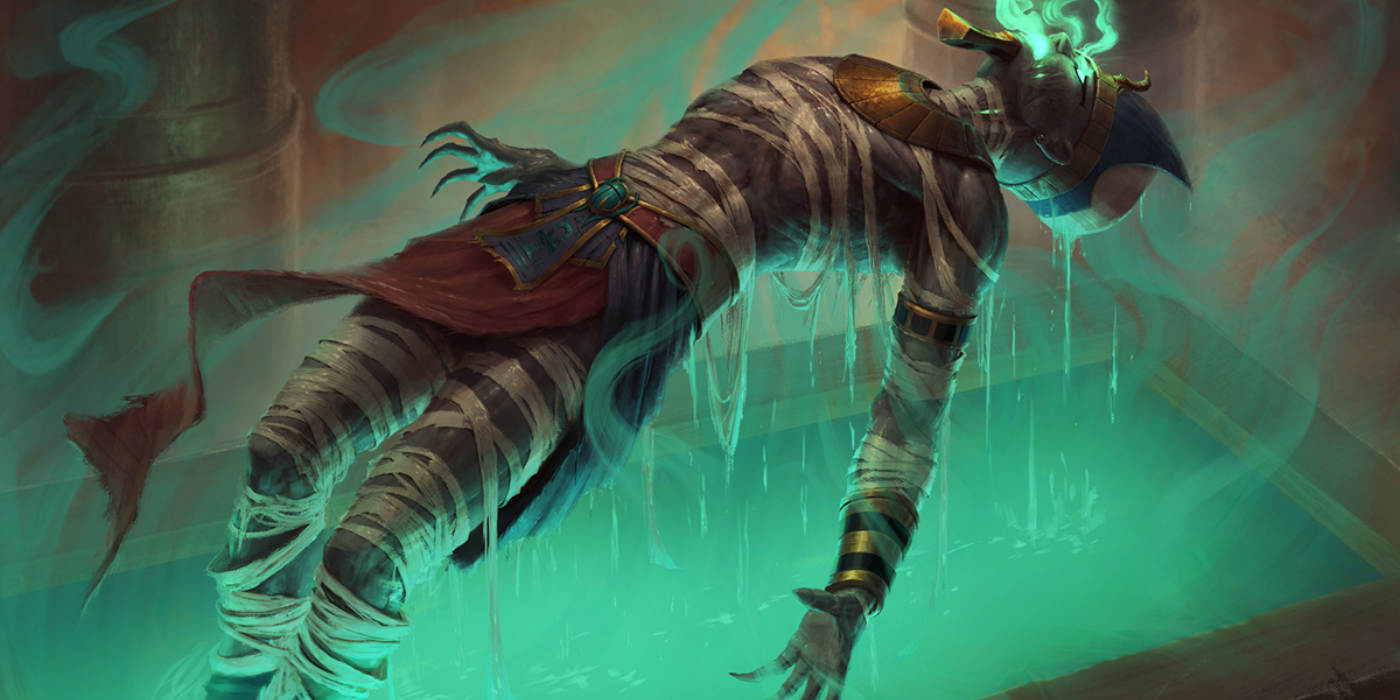Matt Mercer's house rules from Critical Role include some of the best hombrew additions to the Dungeons and Dragons system. Indeed, when one asks the modern D&D fan how they got into the hobby, there’s a good chance that the tabletop show Critical Role played a part in their decision. With The Legend of Vox Machina season 3 on the way, more fans will be introduced to the wonderful world of tabletop RPG and collective storytelling. Moreover, for those who've only seen the animated adaptation and not the entire Critical Role campaigns, having a basic familiarity with Mercer's rules will definitely enhance their viewing experience of Vox Machina's continued adventures.
While it is the rules that lay the foundations for any good game, Critical Role's Mercer is a “fun first, RAW second” DM, which means that he bends and modifies rules to better suit his and his players' personal styles of storytelling. This is perfectly represented by the rules Matt Mercer added to Dungeons and Dragons, all of which serve to streamline the game and just be plain more fun. From the way bonus action points work in Critical Role to how player characters need to be resurrected in Exandria, here are 10 of the best homebrew DnD rules from Mercer.
11 Bonus Action Potions
One of the most popular of Matt Mercer's house rules was the ability to drink potions as a bonus action. Many players echoed this sentiment as a lot of tables actually have this house rule as well. This is because of how it improves the action economy for the player experience. For certain players, spending an entire turn drinking a potion just seems silly. If they are allowed to do ridiculous things such as swing a big sword around twice, there’s no reason they can’t just chug a potion mid-combat. This also allows the healers to save their spell slots for more clutch scenarios.
10 Intimidating Presence
A simple skill added to the Barbarian’s repertoire, they gain the ability to make Intimidation checks with their Strength instead of Charisma. After all, there’s more than one way to send people running for the hills. It also makes perfect sense for Barbarians, as not every Barbarian is going to be charismatic. Some just like to punch things and call it a day - as the old adage goes, “Talk softly and carry a big stick.” This is a fantastic way for Barbarians to be “diplomatic” in social situations, exemplifying how Matt Mercer's house rules can be more practical than ones prescribed by Dungeons and Dragons.
9 Skill Check Criticals
Another simple yet fun change, this Critical Role house rule allows skill checks to have critical success, just as attack rolls do. It’s fairly balanced and has the benefit of rewarding players for building their characters toward specific purposes. For example, a Rogue appraising a magic item could find a Thieves Cant inscription showing who it belonged to. There’s also the caveat that if the character has low proficiency with skill but rolls a natural 20 anyway, they simply gain normal success, regardless of the roll, reflecting real-world lucky moments. This is part of why Matt Mercer's house rules are considered the balanced middle ground between homebrew and DnD rules-bound tables.
8 Double Dice Criticals
This is another rule put in place to streamline the game for both the players and the viewers. When a critical is hit, instead of rolling twice as many dice as usual, the usual number of dice is rolled, then the sum of the two dice is multiplied by two. This basically means fewer dice to worry about. For example, if a 2d6 + 3 attack were critical in RAW, it would be 4d6 + 3. In Matt Mercer’s streamlined method, it becomes (2d6 * 2) + 3. The gameplay difference is that there’s less math and rolling, plus a higher variance in damage dealt. Quite a simple change and easily implemented.
7 Corruption
Of course, not all of Matt Mercer's house rules are sunshine and streamlining. Sometimes, they’re meant to make the players and viewers worry for their well-being. Matt Mercer ported the “Taint” mechanic from Shadowlands and rechristened it to “Corruption” for the Vox Machina party. Corruption occurs when a character rests near a place of great evil or corrupted magic. If they fail a saving throw while sleeping, they gain Corruption points. Corruption can also be gained from severe trauma. The effects range from mild hallucinations to outright body horror as the player’s body contorts from the darkness within.
6 DM Inspiration
DMs can reward players who do exemplary jobs in either combat or roleplay by giving them DM Inspiration. In RAW, Inspiration from the DM allows the player to gain an advantage on whatever action they do. Matt felt that there were so many ways to gain advantage naturally (be it from D&D races, spells, or skills) so instead, he made the rule to be a 1d6 that could be added to any roll the player chooses. Bardic Inspiration nearly took over this mechanic later in Critical Role, but for new players in homebrew tables, 1d6 worth of Inspiration can feel much better than a simple advantage.
5 Efficient Item Crafting
In RAW, crafting items takes an entire day, which for most campaigns is basically the entire encounter. This really limits the viability of the mechanic as many would rather not waste a whole day crafting a single item. However, Matt Mercer's house rules allows up to 4 items crafted per day for 100g cost. This is, of course, Matt’s own process, but for how clearly he values time as a mechanic in his games, this makes perfect sense. More importantly, it opens the door for some fun roleplay segments in between big battles, which is part and parcel of the rules Matt Mercer added to Dungeons and Dragons.
4 Ready Extra Attack
In RAW, readying the Attack action only triggers a single attack on another character’s turn. It does not proc Extra Attack, which does limit how much damage martial classes can do when they decide to be patient. This house rule negates that by removing the limit altogether. Now, when the player readies an Attack, they can immediately follow it up with an Extra Attack. This simple change allows martial characters to plan out their attacks more tactically. Like most of Matt Mercer's house rules, it's not game-breaking either, so there are no real concerns about the change being overpowered.
3 Buffed Beasts
Matt Mercer's house rules include small changes made across the board to both friendly and enemy monsters in the campaign. With how fast-paced Critical Role is and the fact that it is, at the end of the day, a show, Matt has made quite a few statblock changes to make encounters more exciting, be it with humble bears or mighty dragons. The most notable examples are the buffs given to Trinket, the resident bear of the Beast Master. In RAW, Trinket wouldn’t be very impressive in a high fantasy heroic campaign, so the changes made were in service of making Trinket more useful and exciting to watch in battle.
2 The Custom Subclasses
Without a doubt, the best set of Matt Mercer's house rules is the one for his custom subclasses. His best subclasses for D&D give entirely new ways to play the game. Plus, they look and play awesome. It’s hard to go wrong with classes called Gunslinger and Blood Hunter. Another subclass that isn’t quite as talked about but nevertheless deserves a mention is the College of the Maestro. This class leans in on the buffing aspect of Bard, and for large tables, is an incredibly fun class to play. These subclasses just show how passionate and creative Matt is when it comes to Dungeons and Dragons.
1 Resurrection Magic
Typically, when a character dies in the early stages of a campaign, it’s a big deal due to there being no easy access to resurrection spells. As the levels get higher, however, death in vanilla DnD becomes less of an inevitability and more of an inconvenience. This house rule changes this by turning resurrection into an actual ritual that requires considerable effort from the caster.
When a character dies and the caster uses a complicated resurrection spell, they must initiate a Resurrection Challenge. Up to three party members can prompt a Contribution Skill Check to help in the ritual, though this doesn't guarantee success. In this way, Matt Mercer's house rules make deaths feel dramatic, even if they do get brought back regardless. This also shows how the rules Matt Mercer added to Dungeons and Dragons make Exandria feel more like a real world, complete with Critical Role's own rituals and rules.

